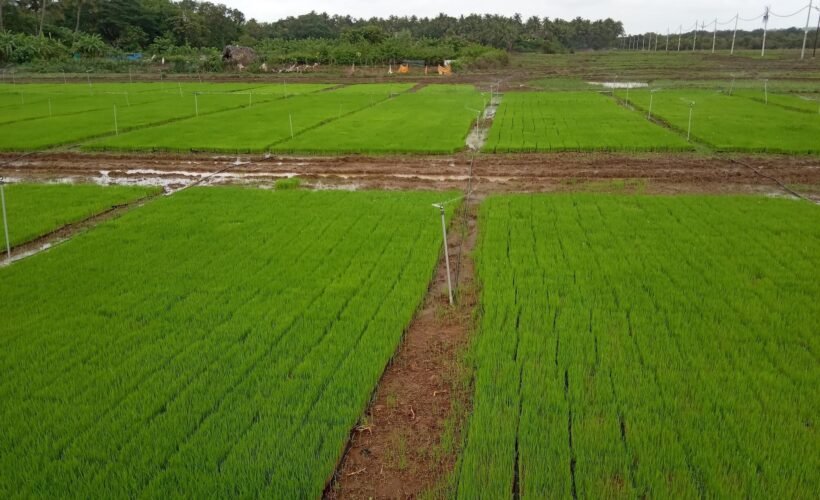
A group of farmers from Tarir-Dhave have called for reviving Puran Sheti or the unique silt-based system of paddy cultivation, which once thrived along the Mhadei riverbank and was the only source of livelihood for a large number of farmers of Sattari taluka. This project is being encouraged by Dr Prakash S Parienkar, Associate Professor at Goa University and a Sahitya Akademi Award winner, who aims to document the unique farming practice to create awareness on it.
Dr Parienkar mentions that the people of Sattari have lost a great legacy from their ancestors as there were more than 550 families involved in this paddy cultivation along the bank of the Mhadei River and its tributaries.
“This was a major farming system in the taluka which needs to be preserved for posterity. This ancient form of farming was practised in the Western Ghats before ploughing of fields was known,” explains Dr Parienkar.
He is the principal investigator of the project titled ‘Rejuvenation of Puran Sheti’, which aims at making photo and video documentation of the farming activity to create awareness among researchers, locals, writers, and students.
Under the project, around 300 square metre of land has been taken up in Dhave-Tarir to give a new lease of life to the moribund agriculture practice.
“Puran Sheti stopped completely after 2005 due to the construction of check dams on the Mhadei and other tributaries. I feel the farming technique needs to be documented in the form of photography and videography etc,” Dr Parienkar, added that the organic farming system needs to be studied scientifically.
Under the project, researchers, students, and writers will get an opportunity to study and experience how the silt-based system of paddy cultivation is carried out.
As part of the initiative, a photo exhibition, documentary, seminar, and discussions will be organised to pass on farming knowledge to posterity.
In the past, people living along the banks of the Mhadei were dependent on Puran Sheti for their livelihood. However, the construction of bandharas and check dams put a stop to the farming technique as the government pushed for rainwater harvesting schemes.
The bandharas caused the upstream area of the river to remain submerged as there has been a rise in the water level. This caused cultivation along the riverbank difficult.
Farmers, who used to raise paddy crops through the unique farming technique, say the government has not paid any compensation to them.
“The government should encourage locals to revive the organic farming method. The government needs to come up with schemes and identify sites for cultivation,” said the farmers.
Agriculture experts also called for necessary steps to resuscitate Puran Sheti.





